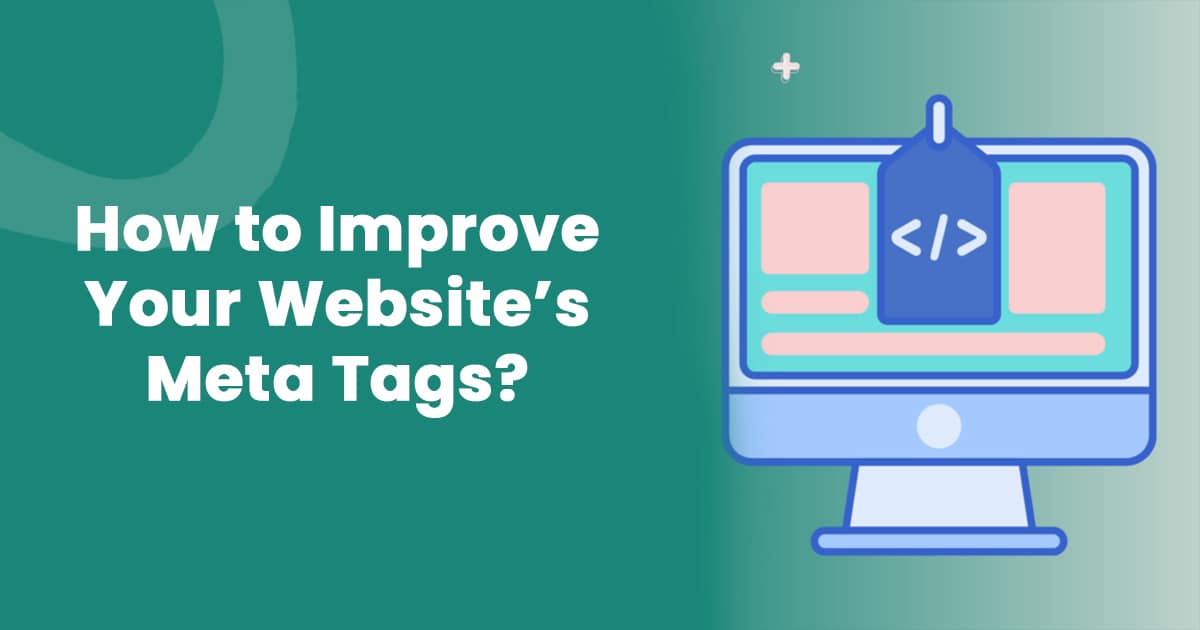July 29, 2024
No Comments
By
admin
Meta tags are HTML tags that tell people and search engines about the content of a webpage. They have a significant impact on click-through rate (CTR) and how a website shows up in search results. While there are many different types of meta tags, the following are the most important ones for search engine optimization:
- MetaTag description
- Meta Robots
- Meta view
Resources and Tools for Meta Tag Analysis and Optimization
To examine and improve meta tags for SEO, a variety of tools and resources are accessible. Among the most well-liked are:- Ahrefs: This is a premium tool with many SEO and marketing capabilities. It has the ability to analyze meta tags and you can view the description and title tags for your pages as well as the tags for the pages of your rivals. With the use of this data, you may find ways to enhance your tags and rank higher than your competitors.
- Moz Pro: One of the many SEO and marketing functions included in this premium tool is the ability to analyze meta tags. In addition to analyzing the title and description tags for your pages, you can also examine the tags for your competitors' pages. By using this data, you can find ways to make your tags better and rank higher than your competitors.
- Google Search Console: You may check how well your website is performing in search results with this free Google tool. It contains information about each of your pages' clicks, impressions, click-through rate (CTR), and any mistakes or problems that Google has found. This information can be used to determine which pages are functioning well and which require enhancement.
- Google Analytics: You can look at how users interact with your website, including how they found it and the pages they saw, with this free web analytics tool. These data can be used to determine which pages are most popular and which might benefit from improvement.



